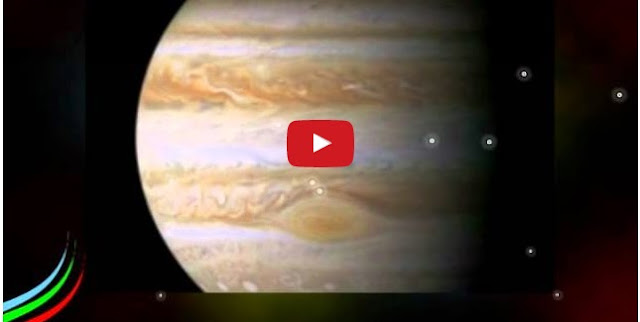Jupiter, the fifth planet from the Sun, gas giant, and subject of the Juno mission, is Top.
Huge. It's so huge, in fact, that it doesn't really orbit the Sun. Not exactly. With 2.5 times the mass of all the extra planets in the Solar System combined, it's big sufficient that the centre of gravity between Jupiter and the Sun doesn't really reside inside the Sun – rather, at a point in space presently above the Sun's surface.
When a small object orbits a large object in space, the less massive one doesn't actually travel in a perfect circle around the bigger one. Rather, equally objects orbit a joint centre of gravity.In situations we're familiar with – like Earth orbit the much-larger Sun – the centre of seriousness resides so close to the centre of the bigger object that the impact of this phenomenon is negligible. The larger object doesn't seem to move, and the lesser one draws a circle around it.
But reality is always extra complicated.
For example: when the International Space position (ISS) orbits Earth, equally Earth and the space station orbit their joint centre of gravity. But that centre of gravity is so idiotically close to the centre of Earth that the planet's motion roughly the point is not possible to spot – and the ISS follows a near-perfect circle around the whole planet.
The same truth holds when the majority planets orbit the Sun. The Sun is currently so much larger than Earth, Venus, Mercury, or even Saturn that their centres of mass with the Sun every one lie deep within the star itself.
That is, in essence, how Jupiter and the Sun go through space together – though the distances and sizes are far dissimilar. Jupiter is still only a fraction of the Sun's size.






No comments:
Post a Comment